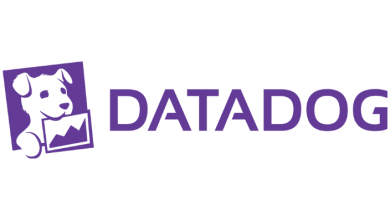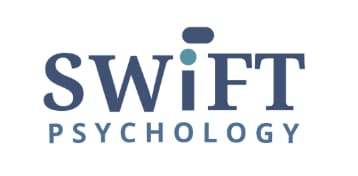
The European industrial midmarket is a sector that has been slower to adopt AI than many others. Many of those businesses started life as factories and are used to working in a more traditional way.
Technology adoption has generally been slower than other industries, and AI is just the latest tech that the midmarket is slightly cautious of. Part of the problem is that many struggle to see the tangible value AI can offer.
Yet perhaps an evolution of AI may prove more attractive? Agentic AI – systems that act autonomously, not just suggest – is gaining traction. For the industrial midmarket, this is more than a tech trend: it’s a strategic lever to combat margin pressure, labour shortages and compliance complexity.
Agentic AI
Agentic AI refers to autonomous systems that can perceive, decide and act in real time, either as single agents or as a network of specialised agents collaborating on complex objectives. They automate processes, accelerate decision-making and adapt dynamically, making them a powerful lever for efficiency, scalability, and innovation.
Agentic AI can open new value levers for the industrial midmarket. This ranges from operational efficiency to enhanced compliance and resilience, while also laying the foundation for entirely new business models.
Operational opportunities
The opportunities for the midmarket are not abstract. At an operational level, agentic AI has the potential to radically reduce inefficiency by embedding automation into predictive maintenance, quality control and inventory planning. These systems can cut downtime by as much as 50% while simultaneously reducing waste by 15–25%, especially when integrated with core ERP platforms.
Equally critical is compliance. ERP systems have long provided the backbone of auditability and regulatory reporting, and agentic AI must be designed to extend this strength. Every decision made by an AI agent must be transparent, traceable and regulation-ready. For industries grappling with increasingly complex reporting requirements, this is not a ‘nice to have’ but a prerequisite for adoption.
Supply chain resilience is another major lever. Autonomous agents can reroute logistics in response to disruption, renegotiate supplier contracts dynamically, and recalibrate production schedules in real time. This level of agility reduces exposure to risk and improves working capital efficiency, giving users the ability to respond to shocks with the kind of speed previously reserved for the largest enterprises.
Structural advantages
Beyond operations, agentic AI can transform the way businesses structure overheads. Automating finance, HR and sales functions – invoice matching, cash-flow forecasting, payroll processing, lead scoring, and dynamic pricing – frees up teams to focus on higher-value strategic activity. The reduction in overhead costs becomes not just a cost-saving initiative but a driver of resilience and growth.
Finally, there is business model innovation. By enabling concepts such as AI-as-a-Service, Product-as-a-Service, and digital lifecycle offerings, the industrial midmarket can create new revenue streams while deepening customer relationships. These models increase stickiness, generate recurring revenues, and make it harder for competitors to disrupt established positions.
Five steps to smart Agentic AI use
It requires a pragmatic approach to realise these opportunities. The first step is to adopt market-ready solutions rather than attempt multi-year R&D programmes. Embedding AI capabilities within ERP or MES platforms provides a practical entry point, offering immediate value while limiting complexity.
The second imperative is alignment with trusted partners. ERP vendors remain the guardians of compliance, security and integration. Their role will be central to ensuring that agentic AI is deployed safely, transparently and in a way that can withstand audit scrutiny.
Return on investment should be a guiding principle. Focusing on high-impact but relatively low-complexity applications – such as predictive maintenance, automated quality control and intelligent scheduling – provides early wins. These build confidence in AI adoption and create momentum for scaling more sophisticated use cases.
Data remains the critical foundation. To prepare for future agentic workflows, digital twins, and advanced analytics, midmarket companies must consolidate and govern their data across ERP, MES and supply chain systems. Data ownership ensures not only functionality but also long-term independence from vendor lock-in.
At the same time, agility must be preserved. Open, modular architectures prevent users from being trapped in proprietary ecosystems and allow them to pivot as the technology landscape evolves. Governance should remain lean, striking a balance between risk management and innovation velocity.
Managing disruption carefully is the final consideration. Sequencing adoption by ROI and business priority ensures calculated risk-taking. Pilot programmes, clear guardrails and phased rollouts allow organisations to avoid the innovator’s dilemma while still positioning themselves at the forefront of change.
Trust and Agentic AI
The future of Agentic AI in the industrial midmarket will be shaped by providers who can scale trust and innovation together. Mid-sized vendors are uniquely positioned to do exactly that, and their role will only grow as adoption accelerates.
Agentic AI is not about replacing people but amplifying their capacity. Midmarket firms that move quickly, leveraging trusted ERP partners, consolidating their data, and adopting market-ready solutions, will not only defend their current market positions but unlock entirely new growth opportunities in an increasingly competitive and regulated environment.



